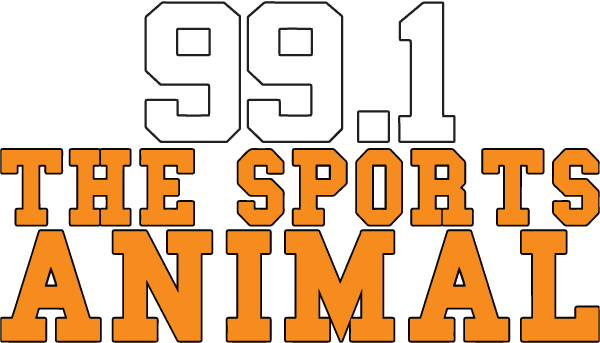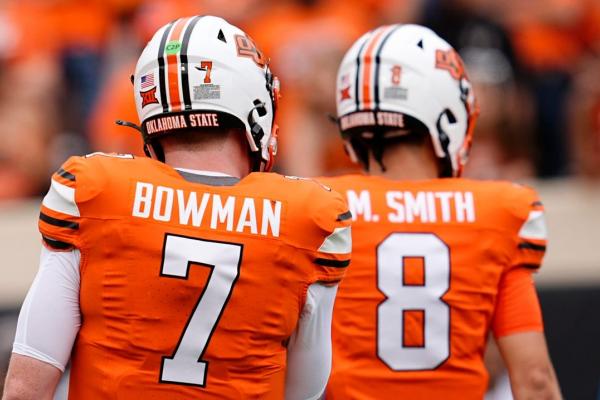The NCAA put a lid on Oklahoma State’s attempt to put QR codes on players’ helmets this season.
The Cowboys’ athletic department made headlines when it announced its intention to use the QR codes, which linked to the program’s NIL fund. The hope was to spur donations via television broadcasts.
The NCAA clarified Saturday that QR codes serve as “advertising and/or commercial marks,” and would not be permitted.
The Cowboys started their season Saturday with a home game against South Dakota State at Stillwater, Okla.
“We disagree with the interpretation of the rule but will abide by it and work with the appropriate groups to lead on the needed change,” Oklahoma State athletic director Chad Weiberg said in a statemeht. “Our people came up with an innovative concept to raise NIL value of our student-athletes, but ultimately, it just serves as the latest example of how college sports are evolving at a faster pace than the rulebook.”
The OSU athletic department further said that it was working in compliance with Big 12 guidelines, pointing to a statement from league commissioner Brett Yormark.
“As we enter this new age of college athletics, the Big 12 Conference welcomes the opportunity to be at the forefront of innovation and creativity,” Yormark said. “I look forward to partnering with the NCAA and my fellow conference commissioners in an effort to modernize legislation that enables our schools to drive value for our student-athletes.”
Though banned from players’ uniforms, the QR image is still allowed throughout the stadium, including the video board.
A QR code is a square pattern that allows a cell phone camera to link to a particular website, among other capabilities.



















